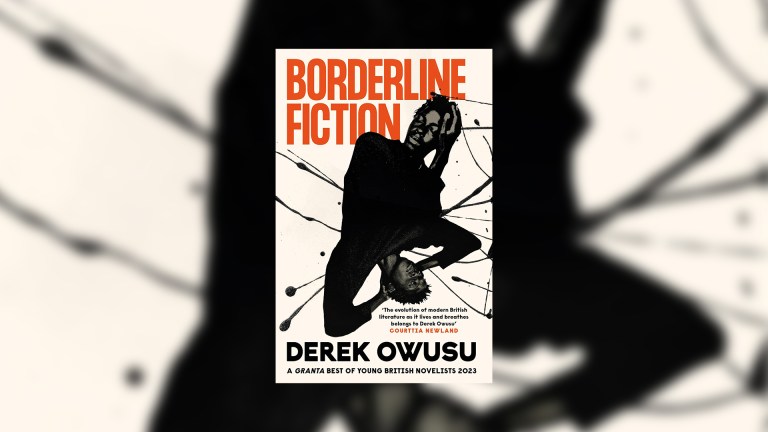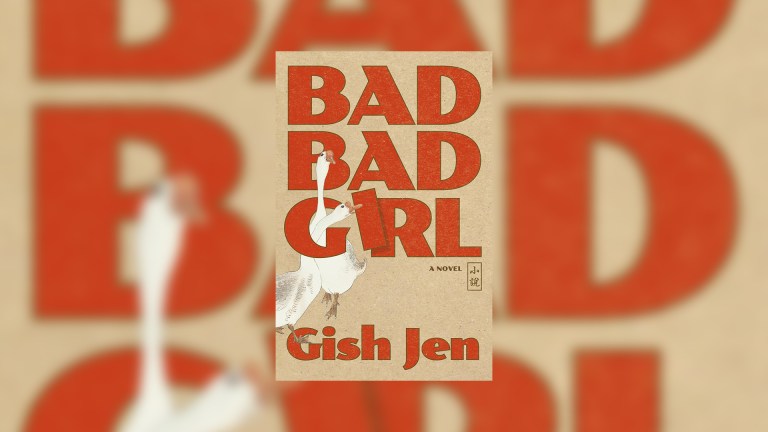Imagine a walk round the streets of London. We see the great sights like the Tower of London and St Paul’s Cathedral. We walk in the open spaces of Trafalgar Square and Hyde Park. We admire their grandeur, perhaps remember something of their history, and move on.
A writer does that, too. But when it comes to putting that place into a poem or a story, something extra is needed – an appreciation of its spirit, an understanding of how it relates to the city and its history.
When The British Library asked me to compile an anthology about London, I had no idea just how much material there would be. Of course there would have to be some Charles Dickens – but what?
Almost every book he wrote lives and breathes London. You feel the terror of Oliver Twist as he makes his way to Saffron Hill (a poor area near Exmouth Market) for the first time. You smell the squalor in the air at Tom-all-Alone’s in Bleak House, where the sick and dying haunt the streets like ghosts. It would have been easy to compile the entire anthology just from Dickens.
Who else needed to be included? My favourite description of London is the famous passage from book seven of Wordsworth’s The Prelude. As a young man, Wordsworth started to get to know London on a visit in 1791. Much of The Prelude is a hymn to nature but the poet is just as awestruck by the urban environment – the din, the energy, the variety of people: “Malays, Lascars, the Tartar, the Chinese, and Negro ladies in white muslin gowns.”
My favourite description of London is the famous passage from book seven of Wordsworth’s The Prelude
An outline was starting to appear in my mind. The poets and writers who make you sit up and take note are those who tell us how people have interacted with the city. They express their feelings on their first visit. They live alongside people of every religion and ethnic background.









